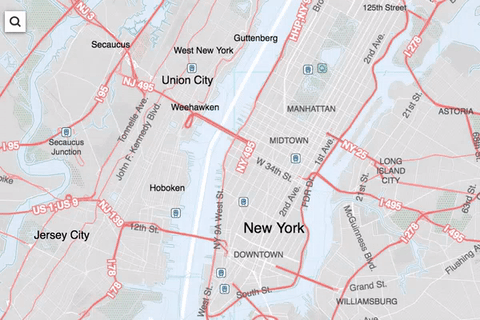
by Joshua McLauchlan
Vizall Technical Lead
Hi fellow Vizallers! As the tech lead here at Vizall you won’t see my name appear on too many articles, but I will occasionally post about exciting tech changes or major bug fixes when necessary.
Today we’re discussing addresses, but before we do, I’ll quickly explain an important part of data cleaning with Vizall: understanding data types in your columns.
Humans and even software can easily recognise if a column is filled with numbers or dates. If something breaks that pattern, for example ‘1z4’, we clearly see that’s not a number.
The problem with addresses
This leads us to addresses. How hard could it be to determine if there’s issues with an address? Unfortunately, where number and date validation can be completed using basic pattern matching, addresses are much more complex.
If you were asked to confirm a street address you would likely go straight to an application like Google Maps, plug in that address and be done.

Behind the scenes, map applications have complex rules running queries on large databases attempting to validate addresses. They’re also figuring out where exactly that address is around the globe.
These databases must be continuously updated with the latest information as areas full of roads and houses are built up or knocked down.
Keeping this street information up-to-date is critical for a good mapping service, as accuracy is paramount. Because this is such a difficult problem only a small handful of commercial options exist today.
How Vizall helps solve the problem
It is truly an incredible achievement that today we can throw in some text and within milliseconds we can understand if that represents a place somewhere on the planet. This was impossible only decades ago.
This magic is called ‘geocoding’, and we wanted to bring it into Vizall. We want you to have confidence that the addresses in your spreadsheets are valid. We don’t want you to have to plug them into Google Maps one-by-one.
There are different off-the-shelf options to enable geocoding, however behind the scenes Vizall makes use of a powerful product called Pelias which utilises various open-source data sources to ensure as much up-to-date accuracy as possible.
Address checking and validation can be achieved on a column with the “Address” data type using Vizall’s data cleaner.
A little bit about Point Maps
As alluded to in a recent post, we will soon be introducing Vizall interactive point maps.
To make this happen we use geocoding to plot an address onto a map. This means you don’t need to convert addresses to location coordinates (latitude and longitude) yourself, and you can check the validity of addresses easily in your spreadsheet.
We would love to help if you have any questions about geocoding or address validation in Australia and New Zealand.
Please shoot us an email at contact@vizall.com.au